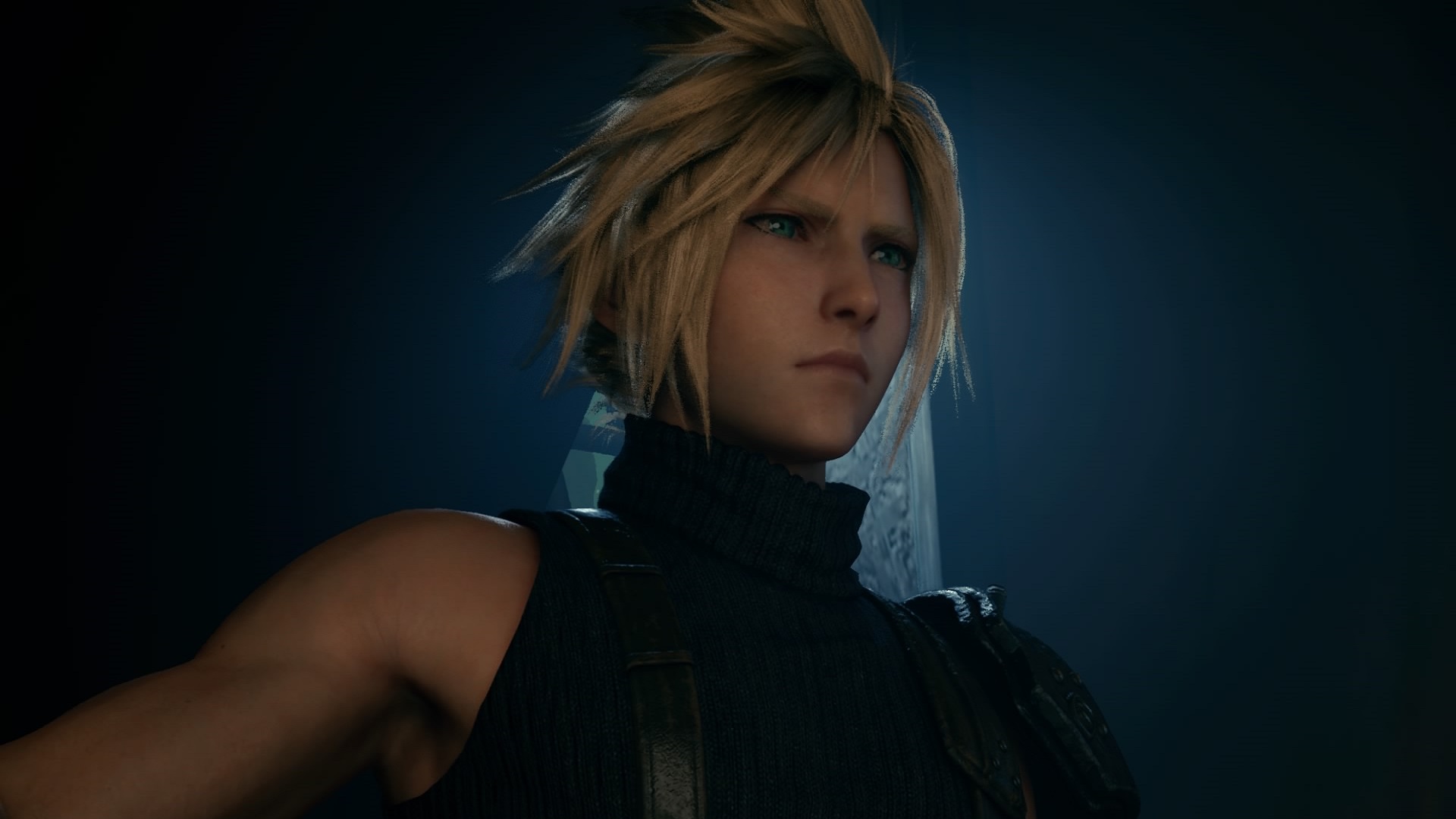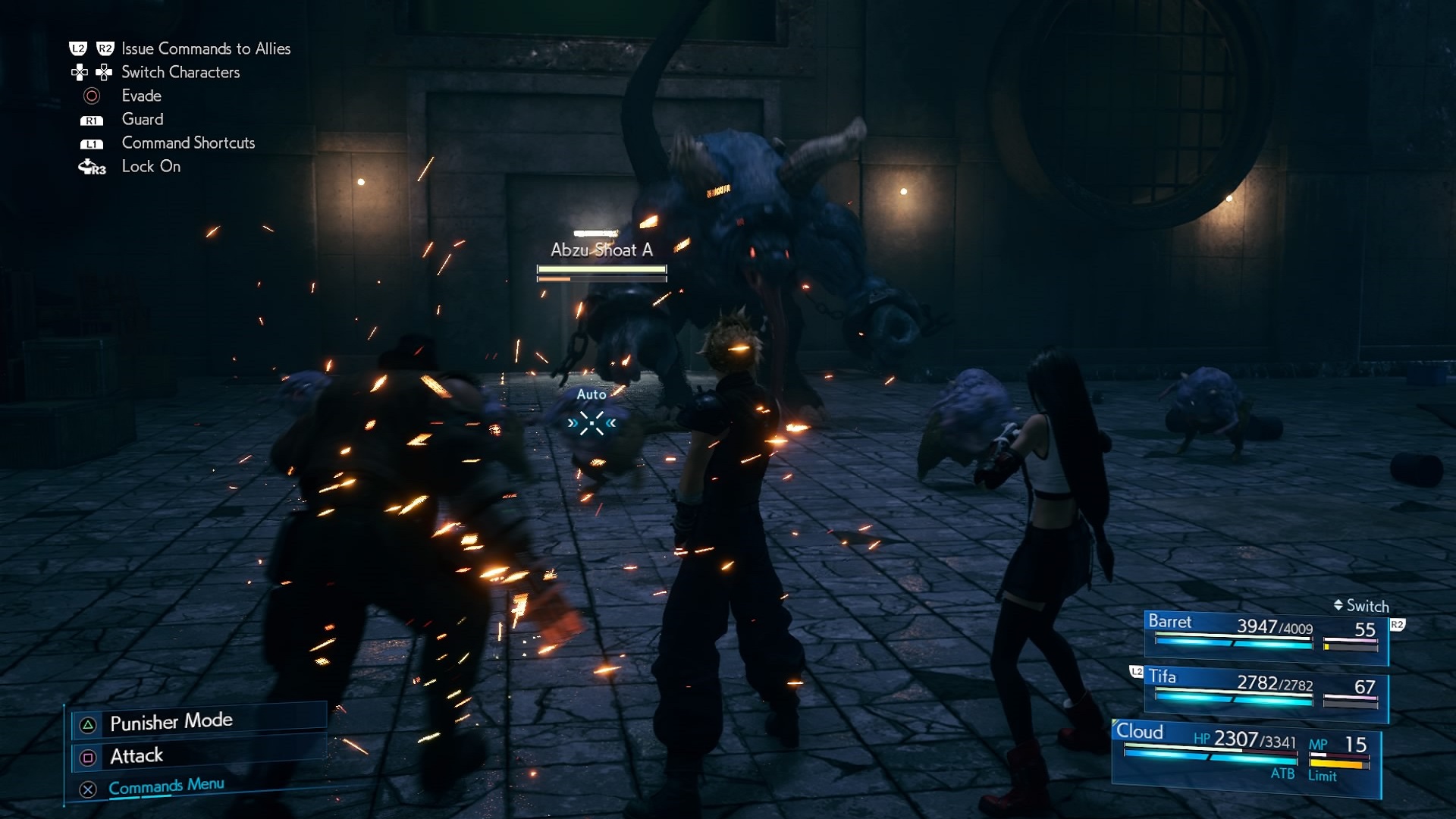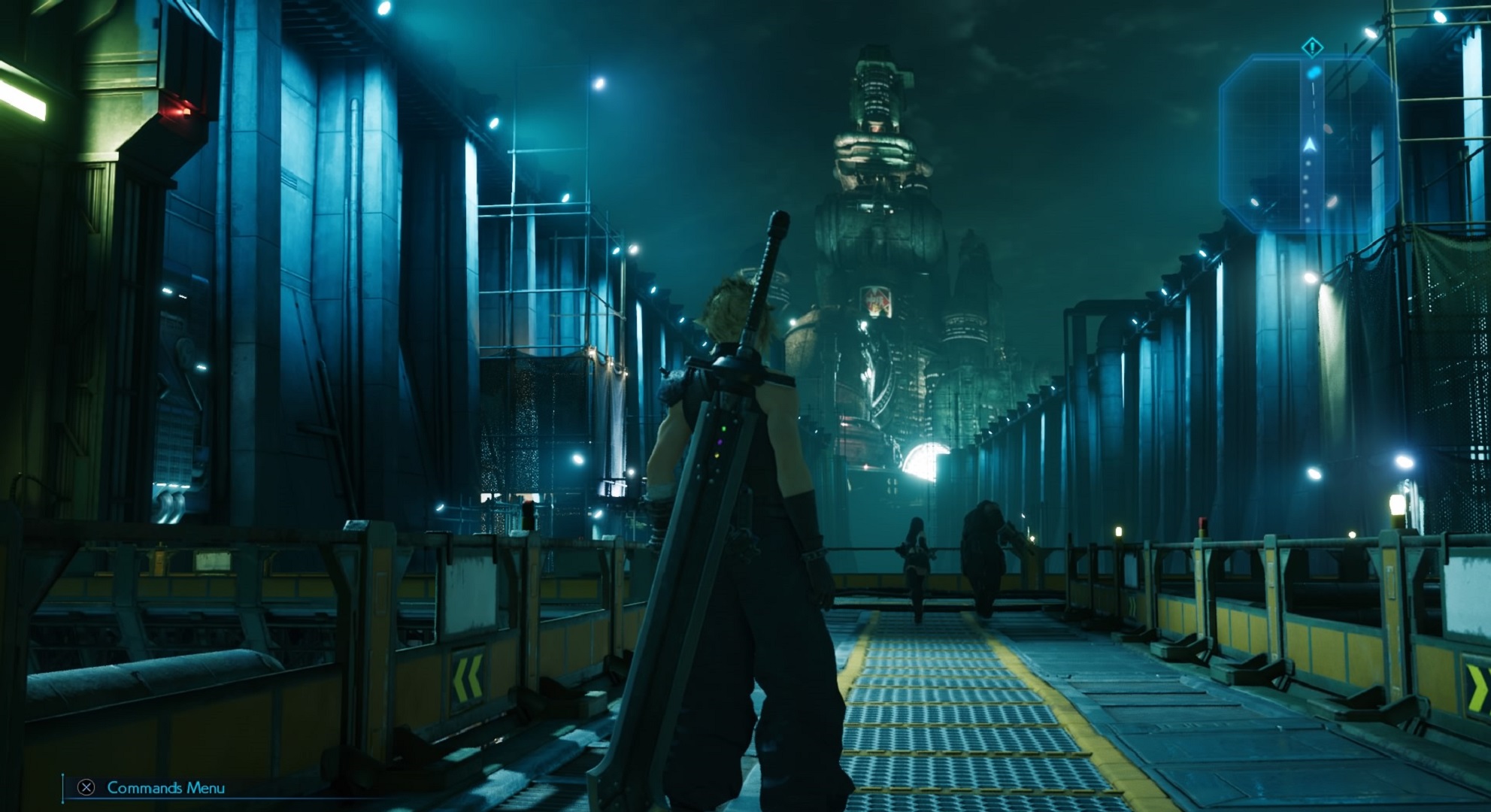Final Fantasy 7 Remake co-director Naoki Hamaguchi on the changes that shaped the reimagining of a classic
Co-director Naoki Hamaguchi talks about the decisions behind some of the new features introduced to Final Fantasy 7 Remake

Final Fantasy 7 Remake manages to deliver an experience that feels both familiar and entirely new at the same time. From a visual standpoint, it's easy to see just how much more modernised Cloud's adventure has become, but some of the changes to key elements in the Remake help shape Square Enix's JRPG into a reimagining with its own distinctive feel. But when it comes remaking a game that's so well known and beloved, getting the balance right to appeal to an audience made up of newcomers and longtime fans alike is no easy feat. So just how did Square Enix approach this startling remake to deliver a fresh take on the original to modern audiences?
One of the key elements of Final Fantasy 7 Remake is the new spin on combat. It's perhaps the best example of the lengths Square Enix has gone to blend old with new, combining the classic ATB gauge of the 1997 original with a modern, action-oriented real-time fighting system. It's something the studio knew it just had to get right from the beginning.
"The concept for the battle system in Final Fantasy 7 Remake became clear to us at an early stage," co-director Naoki Hamaguchi tells me. "What we were aiming for was to evolve the ATB system in the original to express the same concept through a more modern system. We went through a lot of trial and error, but instead of simply trying to integrate the ATB system and an action-based system into one hybrid model, we thought we should bring out the best from both systems by clearly defining each one's role."

While it still keeps the classic ATB gauge – the way you use the charge to execute abilities just like the original game – the Remake's real-time action-based system puts you in control of each character's movements, letting you land hits to make your enemies more susceptible to the ATB command abilities in your arsenal. The blend of the two work in tandem to give you more of an active role in combat, while retaining a familiar command-based system that fans of the original can easily get to grips with.
Hamaguchi explains that the combination of the two systems also provided the basis for Classic Mode, which is a mode that puts more of a focus on commands to make it feel closer to the older 1997 combat style. "This successful relationship between the two elements also provides the foundation for "Classic mode," Hamaguchi continues. "In this mode the action elements are operated automatically by AI, allowing the player to focus entirely on identifying the correct timing to execute abilities with the ATB, exactly as they would have in the original game. You could say that this system was only made possible through the clear definition of the roles of the ATB and action gameplay that we did for [the] Remake."
Giving you options

The new style of combat is complemented by the introduction of weapon upgrade and weapon skill proficiency features. These were added to give players more choice in combat and customisation, giving you the ability to tweak the arsenal of each character in your party throughout the game. The weapon upgrade system lets you enhance a certain weapon to suit your fighting style – investing skill points in certain upgrades and improvements. The skill proficiency system, on the other hand, encourages players to switch between the various weapons you come across on your adventure, to learn new weapon-specific skills that can then be used with other weapons once you max out its proficiency level.
If you're anything like me, though, chances are you're quite attached to Cloud's Buster Sword, which has become synonymous with the spiky-haired protagonist. That's something Hamaguchi was all too aware of when the team began designing the updated combat features. "I wanted to change the system in the original where players changed equipment when new weapons are found as the story progressed," Hamaguchi continues, explaining how the team attempted to balance the introduction of new weapons against a player's desire to stick with their favourites. "The reason was very simple – now that Cloud is depicted in such beautiful graphics, we thought there would definitely be some fans out there who would want to continue using his iconic Buster Sword. That led us to a system which allows players to upgrade their favourite weapons rather than discarding them for new ones."
Sign up to the GamesRadar+ Newsletter
Weekly digests, tales from the communities you love, and more
On the flip side, sticking to only one weapon throughout can make the combat feel a little repetitive, which is why, as Hamaguchi says, the decision was made to add the weapon proficiency feature to "encourage players to try out new weapons at least when they first acquired them so they could learn the abilities."
Change of pace

The distinctive new battle system might be the most immediate change you'll notice when you get stuck into the action, but it's arguably not the most impactful change. The structure and core story of the Remake breathes new life into the opening section of the game. The episodic format enabled Square Enix to create an expanded recreation of the first part of the story by opening up Midgar like never before. This means that we get to spend more time with the characters and see new sides to the city that we didn't otherwise get to. But the original's shorter opening section added to the sense of urgency you feel as you navigate your way through the story, and getting the balance between keeping this sense of suspense and offering players a more in-depth and open experience was something the team paid a lot of mind to.
"We were always conscious of the risk of undermining the innate sense of tension and suspense if we introduced more open-endedness to how it played."
Naoki Hamaguchi
"The structure of the original Final Fantasy 7 story is designed to be fairly linear up until the escape from Midgar, so we were always conscious of the risk of undermining the innate sense of tension and suspense if we introduced more open-endedness to how it played," Hamaguchi says.
The structure of the remake was also decided upon in an effort to make it more palatable to players today. "However, a game design[ed] with only linearity and no degree of freedom tends to be perceived negatively by players," he continues. "Accordingly, we put some freedom of movement into the scenario in the settlement locations, so that players can enjoy the side content within the story at narrative-suitable points, without risking a loss of the sense of urgency within other sections."
You can see this approach to the narrative structure reflected in the way the story is set up through a series of chapters, with some being more closely tied to the story and the action, while others are more open and dedicated to exploration and side quests. The choice to engage with side quests, explore different parts of Midgar, and get stuck into the various mini-games found throughout the game were all added to give players more freedom to choose how they want to experience the Remake.
"Even if a game is linear and story-driven, there is still a difference between a game design where you only have the option to proceed with the main story and design that allows you to choose to do other things like side quests along the way," Hamaguchi adds. "This affects the psychology of a player i.e., 'I am made to play this way' vs 'I am choosing to play this way' and thus is an important element for creators to consider. That is why we have put a lot of side content into the game outside of the main story."
Bonding moments

The side content works to both give you the opportunity to meet the residents of the Midgar – to see how they react to the events unfolding around them – and to spend more time getting to know Tifa and Aerith. Hamaguchi expresses a fondness for the quests and points to the classic Ferris Wheel scene in the original release as inspiration – at a certain point in Final Fantasy 7, you could essentially share a moment with a certain character on a ferris wheel ride depending on the affinity level you'd built up with them.
"I personally have a strong attachment to the mercenary quests. Anybody who has played the original game will remember the date event on the Ferris wheel. There is no Gold Saucer section in this game, but I still wanted to keep the same core mechanic of “affinity" with different characters that formed its essence. So, I aimed for the same effect through building the relationships between the city residents and Tifa, Aerith and Cloud through the mercenary quests in the Sector 7 and Sector 5 undercity, which are the hometowns of Tifa and Aerith respectively."
There's a lot to love in Final Fantasy 7 Remake. From the revitalised battle system to the side quests which let us explore Midgar like never before, Square Enix has delivered a remake that honours the spirit of the original and takes its core design to new heights. We don't yet have a clear idea of when the next episode of the adventure will release, but I'm eager to see how the studio takes everything it has learned here and elevates it as Cloud leaves Midgar behind and heads out into the wider world.
Here's our guide to all of the Final Fantasy 7 Remake differences.

I started out writing for the games section of a student-run website as an undergrad, and continued to write about games in my free time during retail and temp jobs for a number of years. Eventually, I earned an MA in magazine journalism at Cardiff University, and soon after got my first official role in the industry as a content editor for Stuff magazine. After writing about all things tech and games-related, I then did a brief stint as a freelancer before I landed my role as a staff writer here at GamesRadar+. Now I get to write features, previews, and reviews, and when I'm not doing that, you can usually find me lost in any one of the Dragon Age or Mass Effect games, tucking into another delightful indie, or drinking far too much tea for my own good.


